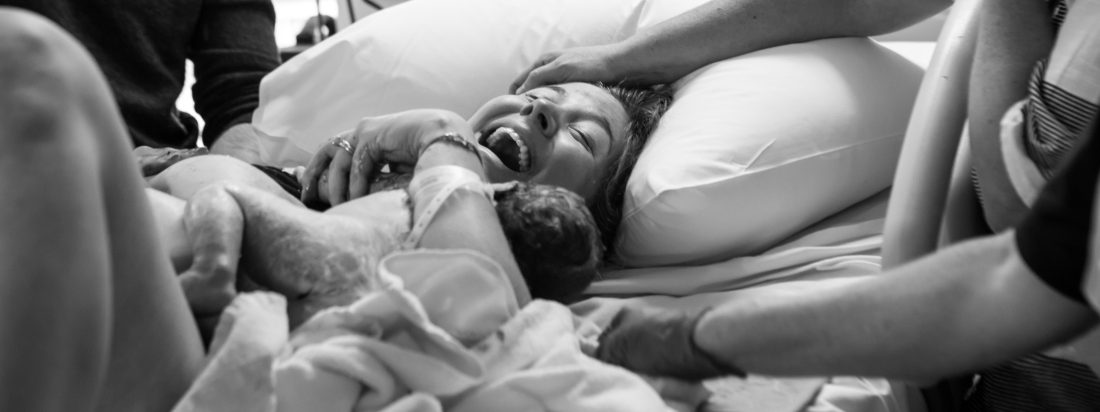
Every woman is different and needs to make her own decisions about how she wants to give birth. Look for the answers you need to help you feel safe and confident to labour for a VBAC.
Evidence tells us that allowing birth to begin and proceed normally without unnecessary medical interventions is safer and healthier for mothers and babies, and is less likely to progress to a Caesarean section (Sakala & Corry, 2008). A Caesarean can be a life-saving procedure for the mother and/or her baby. However, leading maternity care authorities have concluded that too many women with healthy pregnancies are having a Caesarean when short- and long-term harms of this major abdominal surgery outweigh the benefits (American College of Obstetricians and Gynaecologists & Society for Maternal-Foetal Medicine, 2011). In Australia, one in three women give birth by Caesarean section. Twice as many as recommended by the World Health Organization (Wagner, 1994).
Only 28% of Australian women who have had a prior Caesarean are given an opportunity to try for a VBAC. The remaining 72% will have a repeat Caesarean. Of the 28% who try for VBAC, 58% succeed in our hospital system.
birthwell birthright’s unique online VBAC Your Way course will provide you with all the current evidence-based information and resources you need to maximise your chances of having a successful VBAC.
Our goal is to help women make informed decisions about how they want to give birth and to encourage an honest and respectful dialogue with their caregivers. Providing accurate information and resources about VBAC can help childbearing women and their families avoid the risks associated with Caesarean section.
“…a woman labouring in a low-stress environment surrounded by care providers who are relaxed and confident of her ability to give birth, who make decisions collaboratively with her, and who help her deal with any fears and anxieties is more likely to do well in labour and progress to vaginal birth than a woman who feels she needs to be in defensive mode or who feels unsafe, doubtful, or frightened.” ~ Goer, H. & Romano, A. (2012). Optimal Care in Childbirth: The Case for a Physiologic Approach.
Table of Contents
- VBAC: The Benefits for Mothers and Babies
- What Is the Main Concern When Labouring for a VBAC?
- A Closer Look at Repeat Caesareans: Benefits & Risks
- What Are the Odds of My Having a VBAC?
- Four Main Reasons for a First Caesarean: What You Can Do Differently This Time
- Helpful Strategies for Labour and Birth
- Coping With the Pain of Labour
- Psychological and Emotional Issues
- If I Want a VBAC, Where Can I Give Birth? Planning a Hospital VBAC
- Planning a Home VBAC (HBAC): Is It Safe?
- How Do You Want to Give Birth? It’s Your Decision
- What You Can Do To Have a Safe and Satisfying Birth
- Trust Yourself to Give Birth Safely
- Resources & References
birthwell birthright acknowledges the significant contribution of The VBAC Education Project which was researched and developed by Nicette Jukelevics, MA, ICCE in the preparation and development of this course.
Frequently Asked Questions
You can do this course at any point in your pregnancy – or even if you are currently planning a future pregnancy. In some ways, the earlier you do it, the better as you will have more time to explore your pregnancy and birth options.
While some of the references in this course are geared towards women giving birth in Australia, the information is applicable to women anywhere in the world. Australia, like many other countries around the world, has a high Caesarean rate (it’s currently 33% in Australia), and so the information will be relevant to you, wherever you are located.
That’s a great question! Anyone who has been pregnant knows how much information is out there. It can be utterly overwhelming and very hard to determine if the information is reliable, accurate and free of bias. As a Lamaze Certified Childbirth Educator, I am committed to providing you with the highest quality of evidence-based information. At the end of the course, you can download a full list of references and resources which have been used to develop the content of this course.
I’d be happy to answer any questions you might have. Send me an email at tanya@birthwellbirthright.com.
